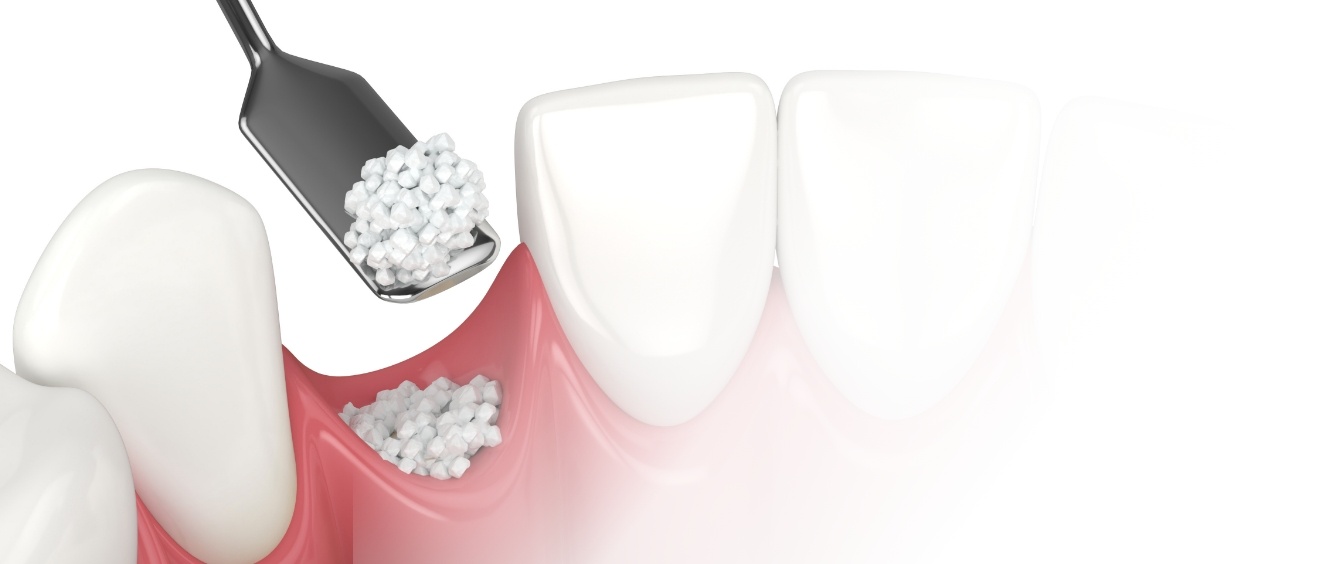Bone Grafting Encinitas
Preparing Your Smile for Dental Implants
Soft tissue loss is just one consequence of untreated periodontal disease. Another common and more serious problem is bone loss. The presence of gum disease can trigger the release of certain enzymes that end up destroying the jawbone. Over time, if enough bone tissue is destroyed, you can start losing teeth. In fact, periodontal disease is the number one cause of tooth loss in adults.
Untreated periodontal disease isn’t the only thing that can cause bone loss. Patients who have previously lost one or more teeth due to decay or an injury are also vulnerable to this very serious problem. In these cases, the loss of bone stems from the loss of a tooth. When one or more teeth are lost, the jawbone will atrophy as the bone is resorbed. Bone loss can be a roadblock for dental patients who want to eventually pursue treatment with dental implants. Treatment with dental implants requires a sufficient amount of bone to ensure their integration with the patient’s own bone.
Regardless of what sparked your loss of bone, restoring what you’ve lost is important. As a board-certified periodontist, Dr. Farhoumand has the necessary training and expertise to help by offering bone grafting in Encinitas. After assessing your specific needs, she will work with you and your general dentist to create a fully personalized treatment plan.
Why Choose Bita Farhoumand, DDS for Bone Grafting?
- We Can Help Preserve Failing Dental Implants
- Experienced & Passionate Board-Certified Periodontist
- Precise & Pain-less Dental Implant Placement
Tooth Extraction with Socket Preservation Grafting
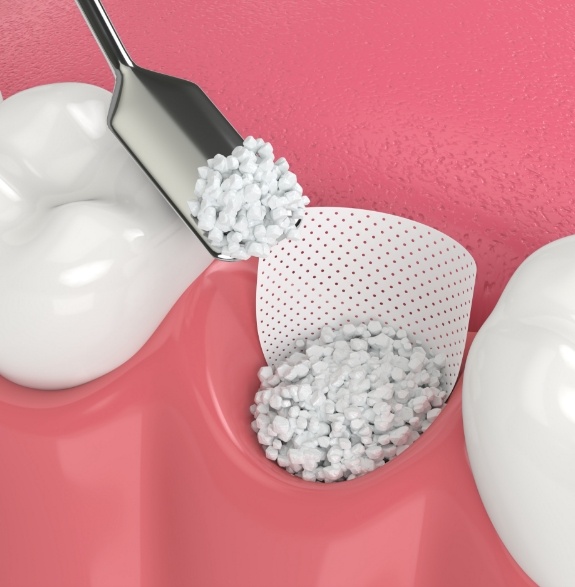
To protect against the loss of bone, Dr. Farhoumand will take special precautions to protect the surrounding bone during every tooth extraction procedure. Our goal is to preserve as much of your surrounding jawbone as possible to help you support a dental implant in the future.
Following tooth removal, artificial bone is placed into the socket to prevent any bone loss and jaw atrophy that naturally wants to occur when a tooth is removed. This bone helps prevent a patient’s jaw from atrophying in the short and long term, providing more bone volume for implant placement. It also prevents patients from running into problems such as needing additional, more invasive bone grafting procedures, implant loss, or inability to place an implant due to lack of available jawbone.
Ridge Augmentation
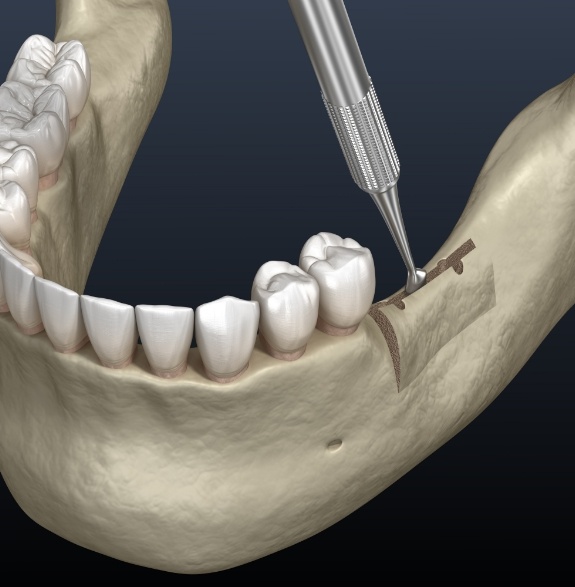
A ridge augmentation is a procedure that is performed at an already healed tooth extraction site that did not receive a bone graft at the time of the tooth extraction. This can lead to a lack of bone quantity either horizontally or vertically, which has prevented the placement of an implant. This procedure recreates the natural contour of the jawbone and gums overlying the missing tooth site that has been planned for an implant.
Sinus Lifts
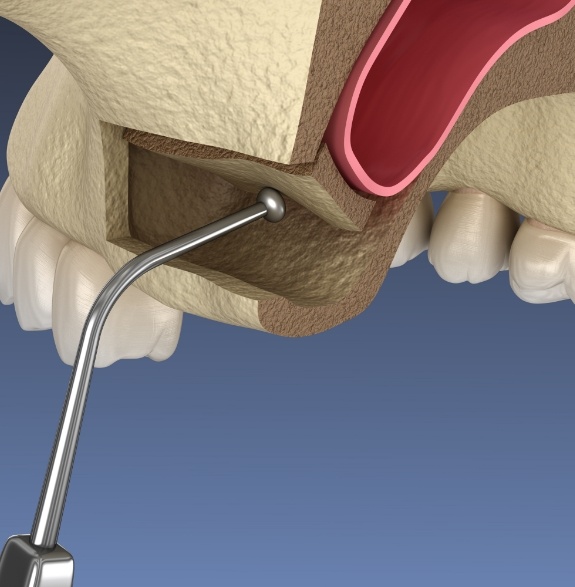
If you need to have one or more dental implants placed in your upper jaw but have been told you don’t have enough bone because of large sinus cavities, you may benefit from a sinus lift procedure. During a sinus lift, Dr. Farhoumand will create a tiny opening from inside your mouth and pack in some grafting material around the area where you plan to have your implant placed. Depending on how much bone is available at the time of your procedure, we may choose to place your implant at the same time, or we may wait until the area has healed.
Guided Bone Regeneration
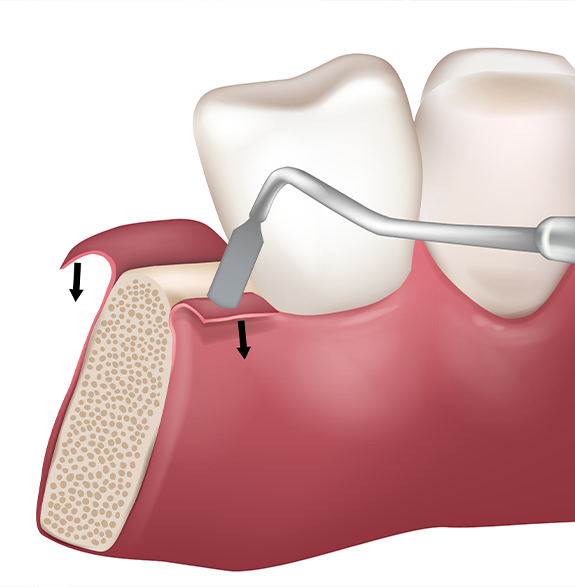
Guided bone regeneration can help a patient recover parts of the jaw previously lost to gum disease so it becomes strong enough to support dental implants. For this, the grafting material is paired with a matrix that serves as a map for where the new growth needs to happen. This increased precision ensures that a patient regains bone right where they need it most, which speeds up the process while also greatly increasing the long-term success of their new tooth/teeth once they are placed.
 (760) 470-4664
(760) 470-4664
